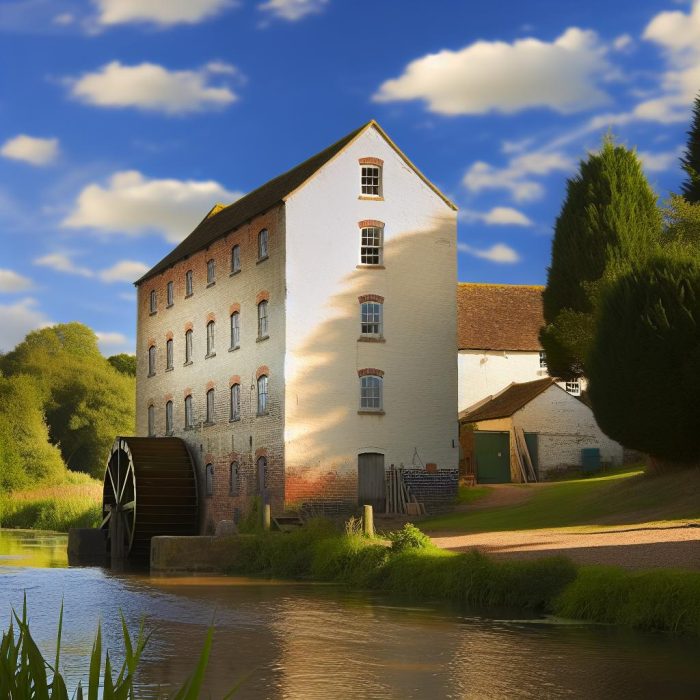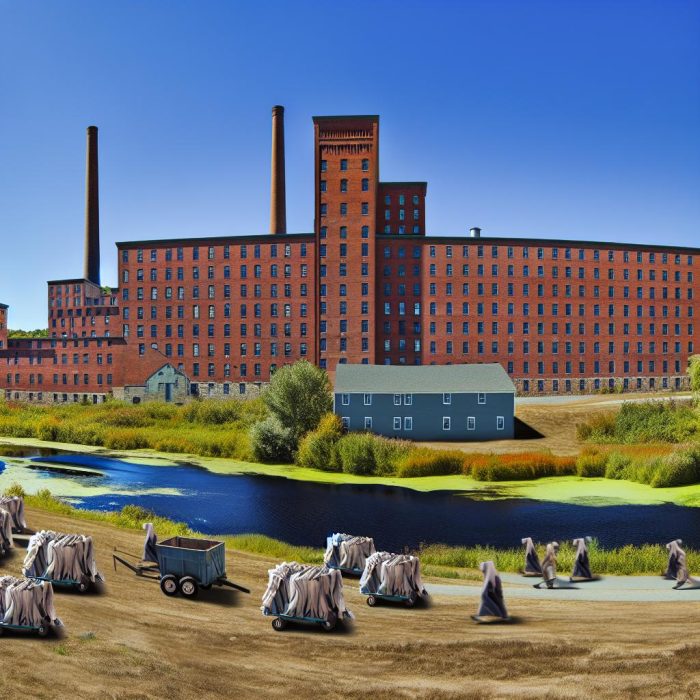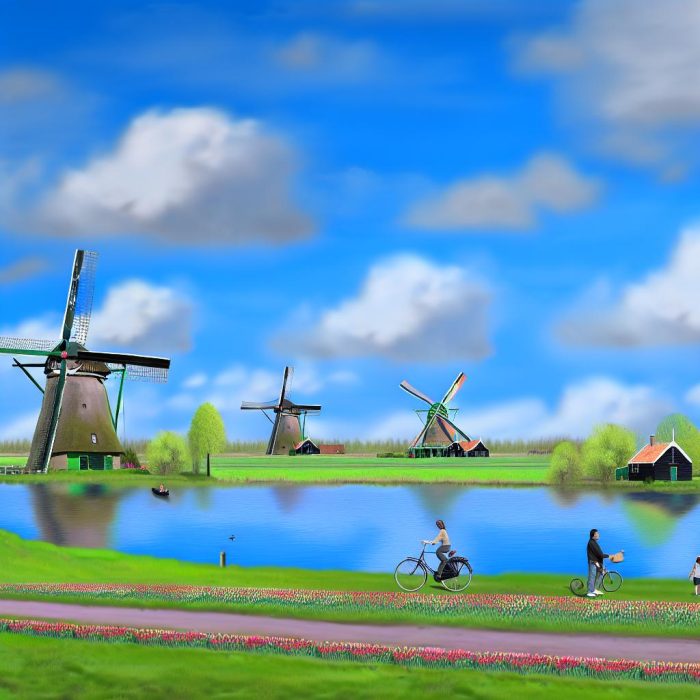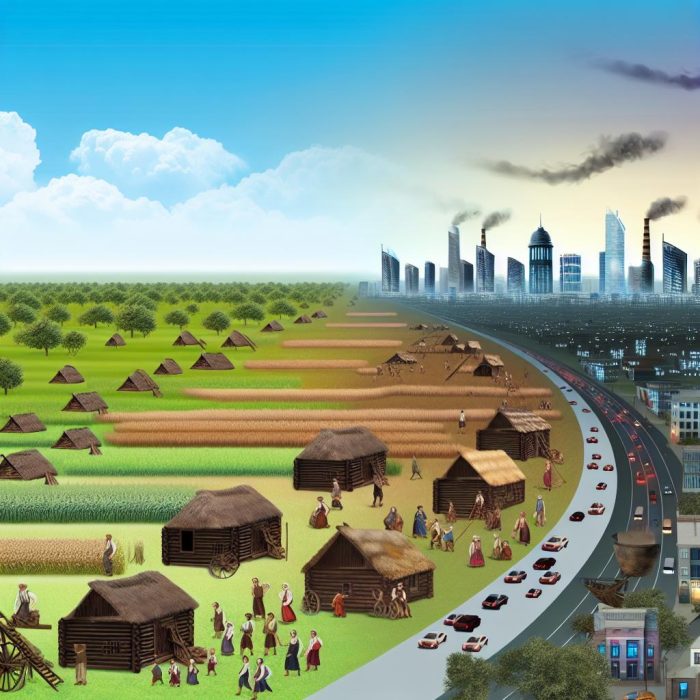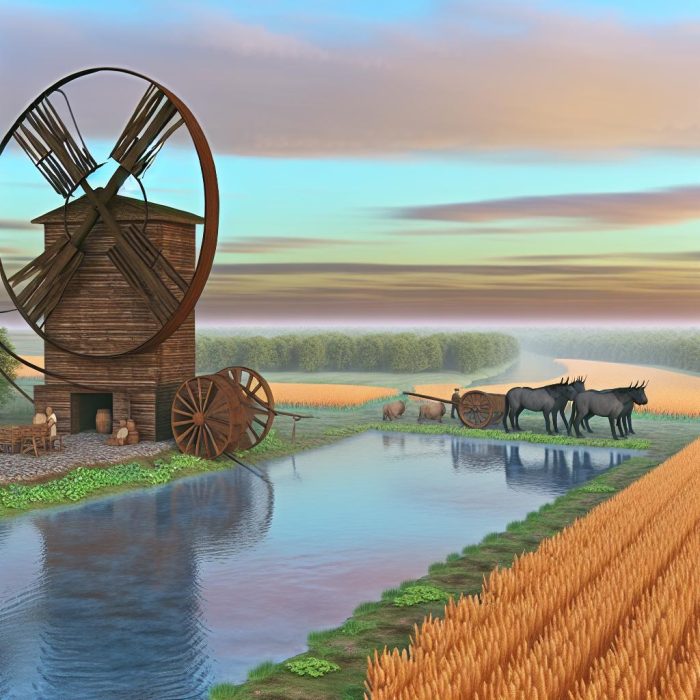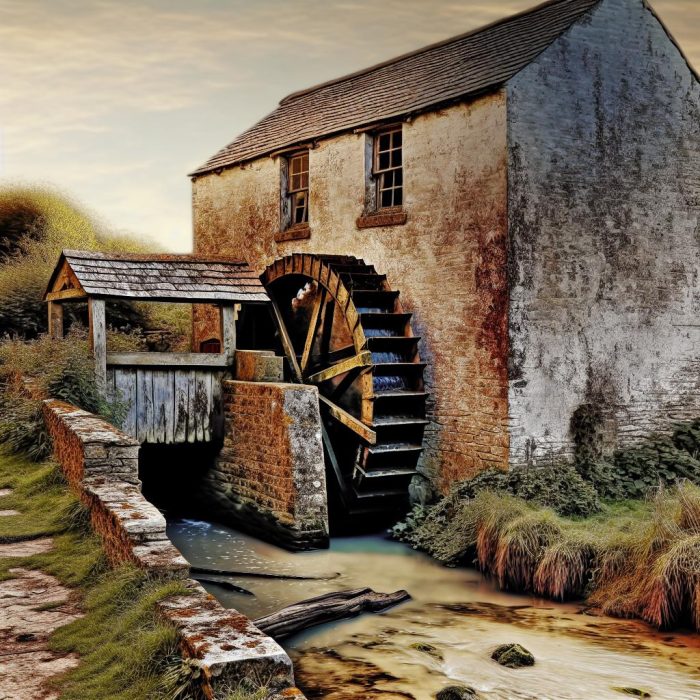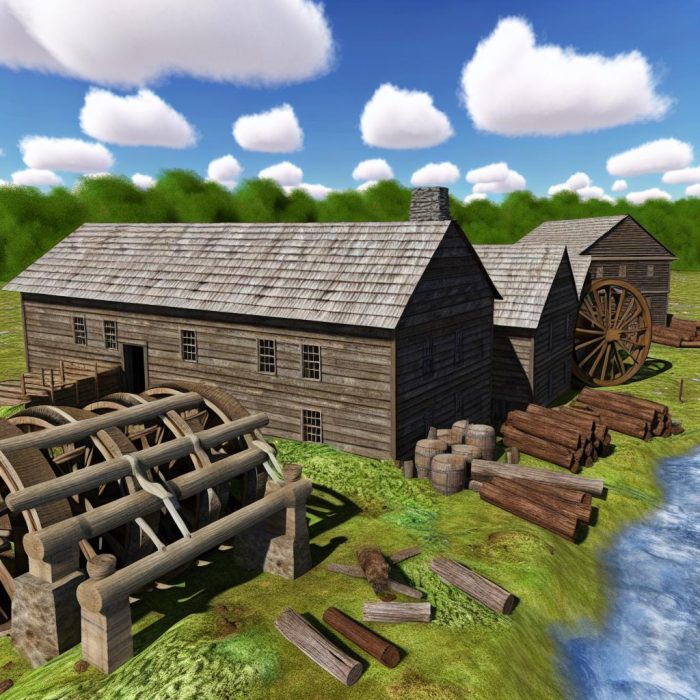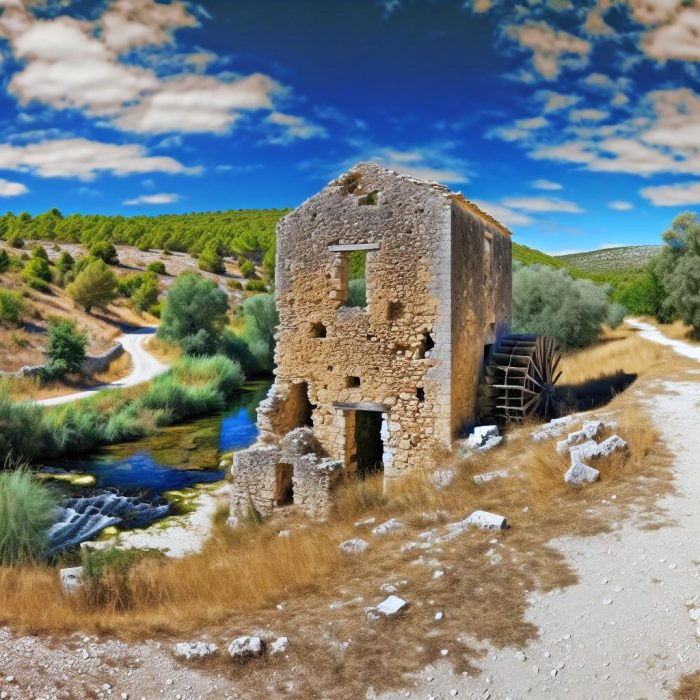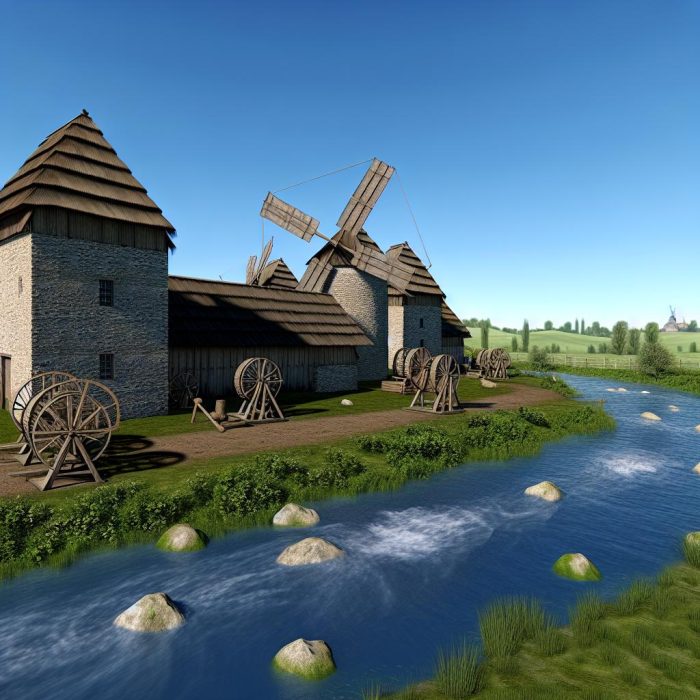Introduction to Houghton Mill
Houghton Mill is a historic water mill located in the quaint village of Houghton, nestled near Huntingdon in the picturesque county of Cambridgeshire, UK. This heritage site is managed by the National Trust, a renowned organization dedicated to the preservation of important historical and natural sites across the United Kingdom. Known for its remarkable industrial heritage, Houghton Mill has a rich history that stretches back to the 17th century. Today, it stands as a cultural attraction and educational resource, providing visitors with an opportunity to journey into the past and gain insight into the lifestyle and technologies of a bygone era.
Location and Accessibility
The mill is strategically situated on the banks of the River Great Ouse, offering breathtaking views and a serene setting that draws visitors seeking both education and leisure. For those planning a visit, the site is easily accessible by road, making it a convenient destination for tourists and residents alike. Located not far from the town of Huntingdon, it can be comfortably reached within a short drive. Public transportation options are available, making the mill a reachable destination even for those without access to private vehicles. This convenience enhances its appeal to a broad range of visitors interested in exploring this piece of history.
Historical Significance
The significance of Houghton Mill is deeply rooted in its rich and storied past. Its operations date back to at least the 17th century, a period marked by advancements in various fields, including agriculture and industry. Originally, Houghton Mill served as a critical component of the local agricultural economy, specializing in grinding grain for the production of flour. This function cemented its status as an essential element of the surrounding community’s economic infrastructure. As time progressed, the mill evolved with advancing milling technologies, bearing witness to significant changes in industrial processes and contributing to the growth and sustenance of the area’s agricultural endeavors.
Restoration and Preservation
The 20th century heralded a period of restoration that was crucial to the preservation of Houghton Mill’s historical legacy. In 1934, custodianship of the mill was entrusted to the National Trust. This transfer marked the beginning of concerted efforts to conserve and restore the structure, ensuring that it could be appreciated by future generations. The National Trust has since undertaken substantial restoration endeavors, focusing on maintaining the mill’s historical significance. These restoration efforts prioritize retaining as much of the original structure and machinery as possible, thus preserving the integrity and authenticity of this living historical monument.
Visitor Experience
At present, visitors to Houghton Mill are invited to explore its well-preserved interior. Many of the mill’s original features remain in operational condition, providing a unique window into the past. Educational tours are available, offering enlightening insights into the milling process and the historical context that shaped its operation. The mill also serves as a venue for various events throughout the year, hosting demonstrations, workshops, and activities designed to accommodate families and individuals of all ages. These offerings enhance the educational and recreational value of the site, making each visit a comprehensive and engaging experience.
Exploring the Surroundings
Beyond the confines of the mill itself, the surrounding area around Houghton Mill presents an array of opportunities for exploration and enjoyment. Numerous walking paths wind along the River Great Ouse, providing scenic routes that appeal to nature enthusiasts and casual walkers alike. These trails offer excellent opportunities for wildlife spotting, inviting visitors to explore the natural beauty and biodiversity of the Cambridgeshire countryside. Whether on a leisurely stroll or a more vigorous hike, visitors can absorb the tranquil landscapes and vibrant ecosystems that characterize the area.
Additional Information
For individuals interested in planning a visit to Houghton Mill, additional information is readily available. Details pertaining to opening hours, upcoming events, and other visitor-related information can be found on the National Trust website. This online resource serves as a valuable tool for prospective visitors, offering essential guidance on trip planning, including any special alerts or updates regarding accessibility, activities, and temporary changes in operations at the site. Utilizing these resources ensures a well-informed and seamless visit, enriching the overall experience of exploring Houghton Mill and its historical and natural surroundings.
In conclusion, Houghton Mill stands as a testament to the ingenuity and resilience of past generations. Through its preservation and adaptability, it continues to serve as a valuable educational resource, providing insights into the region’s agricultural and industrial legacy. The mill’s idyllic location, combined with its rich historical narrative, makes it a compelling destination for those seeking to delve into England’s heritage. Whether one’s interest lies in history, nature, or simply the experience of stepping back in time, Houghton Mill offers a unique and enriching journey of discovery.
